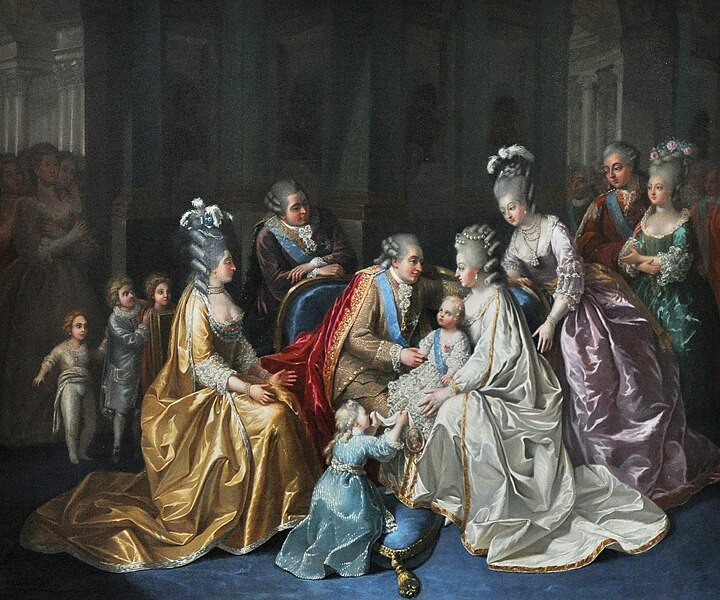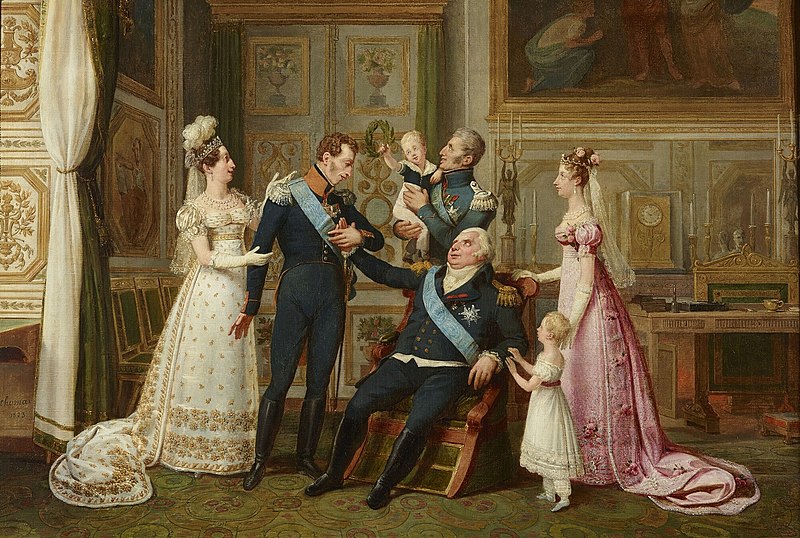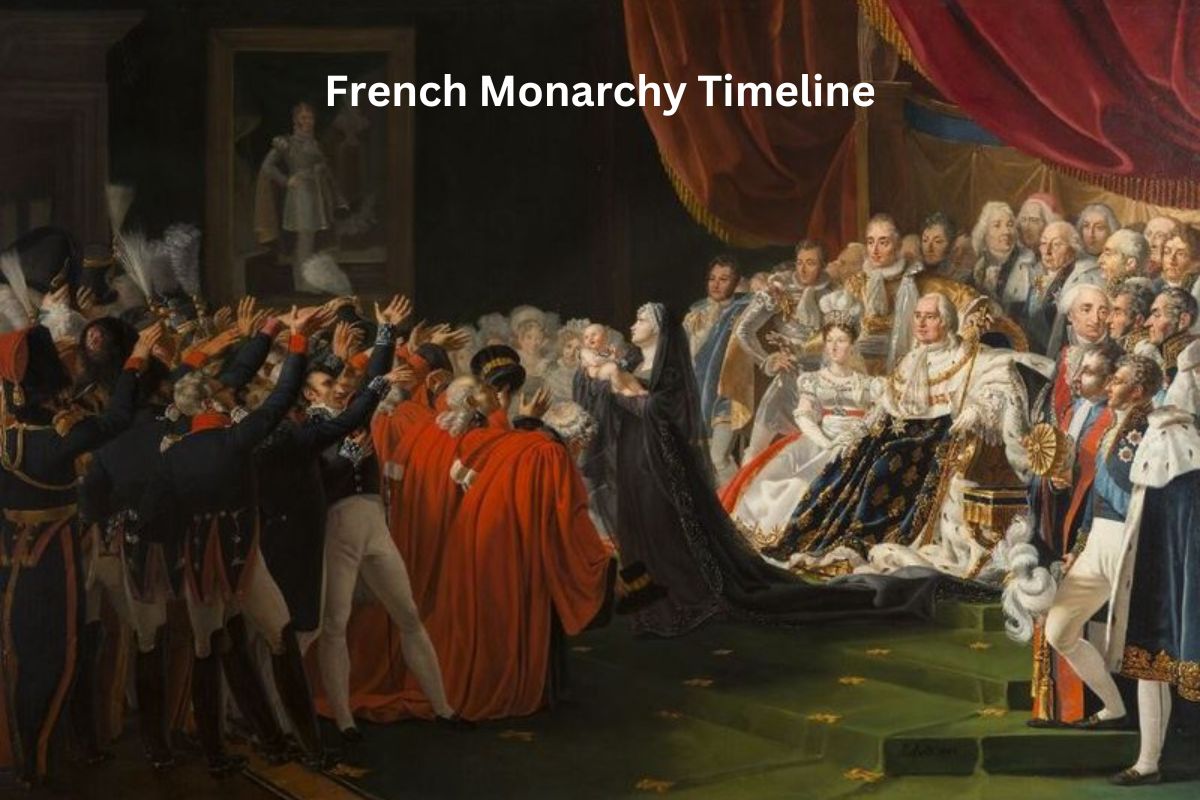The history of the French monarchy is a captivating journey through centuries of power, politics, and cultural transformation.
From the early Capetian Dynasty’s rise to the opulent reign of Louis XIV, the Bourbon Dynasty’s struggles with revolution, to the establishment of the First French Republic, each period reflects the dynamic interplay between monarchs, society, and historical events.
This timeline explores the emergence of republics, Napoleonic rule, and the eventual end of the monarchy, shedding light on the intricate tapestry of French history.
| Dynasty/Period | Years | Key Events |
|---|---|---|
| Capetian Dynasty | 987-996 | Hugh Capet becomes first Capetian king. |
| Valois Dynasty | 1328-1589 | Rule of the Valois dynasty. |
| Bourbon Dynasty | 1589-1792 | Rule of the Bourbon dynasty. |
| 1643-1715 | Reign of Louis XIV, the “Sun King.” | |
| 1789-1799 | French Revolution; Louis XVI executed. | |
| First French Republic | 1792-1804 | First French Republic established. |
| Napoleonic Era | 1799-1814/15 | Rise and fall of Napoleon Bonaparte; First French Empire. |
| Bourbon Restoration | 1814-1830 | Bourbon monarchy restored. |
| July Monarchy | 1830-1848 | July Monarchy under Louis-Philippe. |
| Second Republic | 1848-1852 | Second Republic established. |
| Second Empire | 1852 | Louis-Napoléon stages coup, establishes Second French Empire. |
| Third Republic | 1870-1940 | Third Republic established; lasts through World War I and into World War II. |
| End of Monarchy | 1940 | Monarchy not reinstated after World War II; Fourth Republic established. |
Timeline of the French Monarchy
Capetian Dynasty (987-996)
The Capetian dynasty began with Hugh Capet’s accession to the throne in 987. He became the King of the Franks following the decline of the Carolingian dynasty.
Also Read: French History Timeline
The Capetians initially held a relatively limited territory centered around Paris, but they gradually consolidated their power and expanded their influence over the course of several centuries.
Hugh Capet’s reign marked the establishment of the Capetian dynasty’s rule, which would continue for many generations.

Valois Dynasty (1328-1589)
The Valois dynasty succeeded the Capetians and ruled France for over two centuries. This period witnessed significant historical events and changes.
Charles V, also known as Charles the Wise, played a pivotal role in strengthening the royal administration and expanding the royal domain. His efforts laid the foundation for a more centralized and powerful monarchy.
Also Read: Louis XVI Facts
Charles VII is notable for completing the expulsion of the English from French territories, thus ending the Hundred Years’ War. The Valois dynasty also faced challenges like the Italian Wars and internal conflicts driven by religious tensions during the Wars of Religion.
Bourbon Dynasty (1589-1792)
The Bourbon dynasty began with Henry IV, a Huguenot who converted to Catholicism and became a unifying figure in a France divided by religious strife. He issued the Edict of Nantes in 1598, granting religious tolerance to Protestants and effectively ending decades of religious conflict.
The most iconic monarch of the Bourbon dynasty is Louis XIV, often referred to as the “Sun King.” His reign was characterized by opulence, centralized power, and cultural flourishing, exemplified by the construction of the Palace of Versailles. However, the dynasty faced challenges as well.
By the 18th century, France experienced financial troubles exacerbated by wars and a rigid social structure. The enlightenment ideas of the time challenged the traditional authority of the monarchy.
The Bourbon dynasty came to a dramatic end with the outbreak of the French Revolution in 1789, ultimately leading to the execution of Louis XVI and the abolition of the monarchy in 1792.

First French Republic (1792-1804)
The First French Republic was established in 1792, marking a radical departure from the monarchical system. It emerged in the wake of the French Revolution, a period of profound social, political, and economic upheaval.
The revolution aimed to overthrow the absolute monarchy, eradicate the aristocracy, and promote ideals of liberty, equality, and fraternity. During the First Republic, France faced both internal and external challenges, including political divisions, economic instability, and conflicts with other European powers.
The republic was marked by the Reign of Terror, a period of intense political repression and mass executions. In 1799, the republic’s instability led to Napoleon Bonaparte’s rise to power in a coup, setting the stage for the transition to the Napoleonic Era.
Napoleonic Era (1799-1814/15)
The Napoleonic Era began with Napoleon Bonaparte’s rise to power. He initially held the position of First Consul and later proclaimed himself Emperor of the French, establishing the First French Empire.
Napoleon’s rule was characterized by extensive military campaigns aimed at expanding French influence across Europe.
He implemented a series of reforms known as the Napoleonic Code, which significantly reshaped France’s legal system. While his empire brought military successes, it also faced resistance from other European powers.
Napoleon’s ambitions ultimately led to his downfall. After his defeat in the Battle of Waterloo in 1815, he was exiled to the island of Saint Helena, marking the end of the First French Empire.
Bourbon Restoration and July Monarchy (1814-1848)
Following Napoleon’s exile, the Bourbon monarchy was restored with Louis XVIII. However, the political landscape had changed, and Louis XVIII had to navigate between royalist supporters and those who favored constitutional monarchy.
His successor, Charles X, attempted to assert absolutist power and limit civil liberties, leading to discontent and ultimately the July Revolution of 1830. The July Revolution resulted in the establishment of the July Monarchy under Louis-Philippe, also known as the “Citizen King.”
This constitutional monarchy aimed to balance royal authority with representative government. However, it faced challenges from various political factions and social unrest.
Second Republic and Second Empire (1848-1870)
The establishment of the Second Republic in 1848 followed a period of social and political turmoil in France. The February Revolution of 1848 led to the overthrow of the July Monarchy and the proclamation of the Second Republic.
Universal male suffrage was introduced, and Louis-Napoléon Bonaparte, the nephew of Napoleon Bonaparte, was elected as President. However, in 1851, Louis-Napoléon staged a coup and dissolved the republic, establishing the Second French Empire in 1852. He took the title of Napoleon III.
The Second Empire aimed to provide stability and economic progress but was marked by censorship, authoritarianism, and foreign adventures. Napoleon III’s foreign policy ultimately led to his defeat in the Franco-Prussian War of 1870, which led to the downfall of the Second Empire.
Third Republic (1870-1940)
The Franco-Prussian War of 1870 resulted in the capture of Napoleon III and the fall of the Second Empire. The Third Republic was proclaimed in its aftermath.
This period saw a series of political crises, including the Paris Commune of 1871, a short-lived socialist government in Paris.
The Third Republic managed to stabilize over time and became the longest-lasting regime in French history up until that point. It faced challenges such as the Dreyfus Affair, which exposed deep-seated anti-Semitic sentiments, and World War I, during which France suffered heavy losses. Despite the difficulties, the Third Republic persisted into the interwar period.
End of Monarchy (1940)
The Third Republic faced a severe crisis with the outbreak of World War II in 1939. In 1940, Germany invaded France, and the rapid defeat led to the collapse of the Third Republic. Marshal Philippe Pétain established the Vichy government, which collaborated with the Nazi regime.
The monarchy was not reinstated after the war. The Fourth Republic was established in 1946, marking the end of the French monarchy’s formal presence in the country’s governance.
